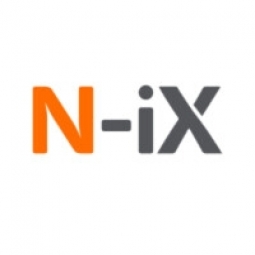Overview
 |
Performance Enhancement of a Global Audio Streaming PlatformN-iX |
Platform as a Service (PaaS) - Application Development Platforms Sensors - Acoustic Sensors | |
Cement Equipment & Machinery | |
Logistics & Transportation | |
Construction Management Infrastructure Inspection | |
Cloud Planning, Design & Implementation Services Training | |
Operational Impact
The migration of the on-premise data center to the cloud and the refactoring of the infrastructure code resulted in a significant reduction in operational costs. The platform's performance was boosted, with the ability to handle high volumes of requests at peak times without any delay in content delivery. The usability of the platform across different connected devices was improved by adding new features like Alexa Skill Account Linking, which unified the subscription approach. This allowed users to link their Alexa user identity with their identity in other services (in this case, the client’s platform) and pay only for one subscription instead of two. The overall user experience was significantly improved. | |
Quantitative Benefit
Reduced operational costs by migrating the on-premise data center to the cloud and moving platform infrastructure from Windows to Linux | |
Enhanced platform performance by enabling it to handle up to 20,000 requests per second | |
Improved user experience by implementing Alexa Skill Account Linking that unified the subscription approach | |


